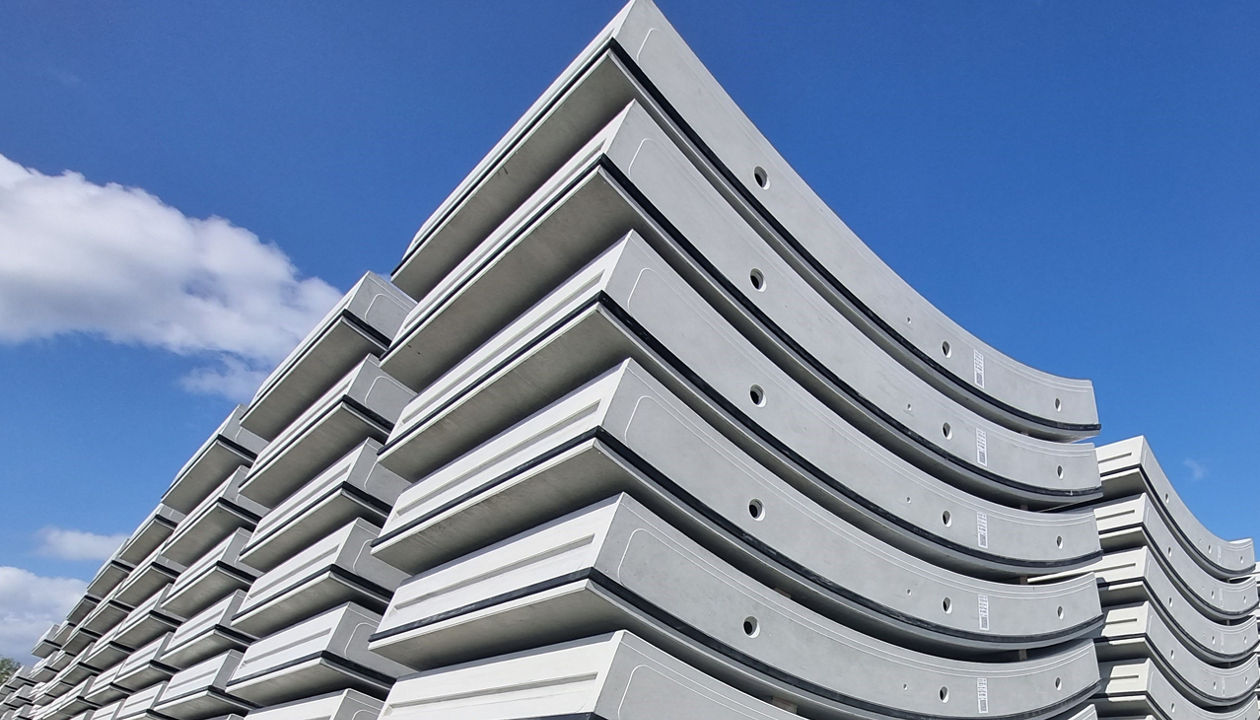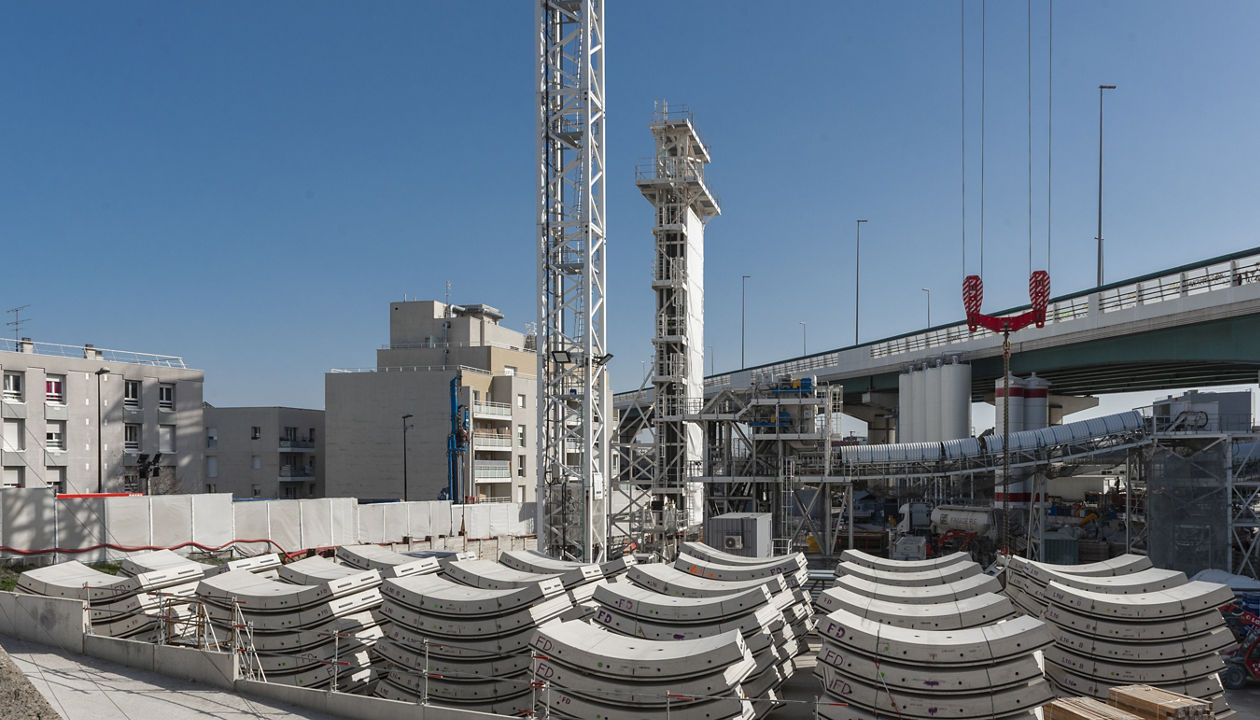Is Dramix® a Type I or Type II steel fiber?
Dramix® steel fibers are typically classified as Type I steel fibers according to ASTM A820/A820M-16a. Dramix® are thus low-carbon steel fibers that are cold-drawn. But that’s not the whole story. In third-party testing, Dramix® outperforms Type II steel fibers even at lower dosage rates (over 200% better at 50 pcy).
This is interesting, because Type II steel fibers are commonly used for crack control (micro cracks). In such applications, Type II steel fibers are often used at very high dosage rates of up to 66 pcy. This makes the concrete slabs unnecessarily expensive.
Slabs reinforced with Dramix steel fibers are able to be optimized with different dosage rates and slab thicknesses because the fibers provide a post-crack flexural capacity in addition to crack control. Furthermore, the slab thickness and fiber dosage are calculated based upon engineering principles rather than just experience and the usage of plain concrete. This makes a Dramix® solution extremely cost-effective.
Millions and millions of square feet of concrete have been successfully reinforced with Dramix® Type I steel fibers around the world. They have a tensile strength of at least 70 ksi (480 MPa), and are commonly used in concrete applications to enhance the material’s strength, durability, and toughness properties – and provide outstanding crack control.






